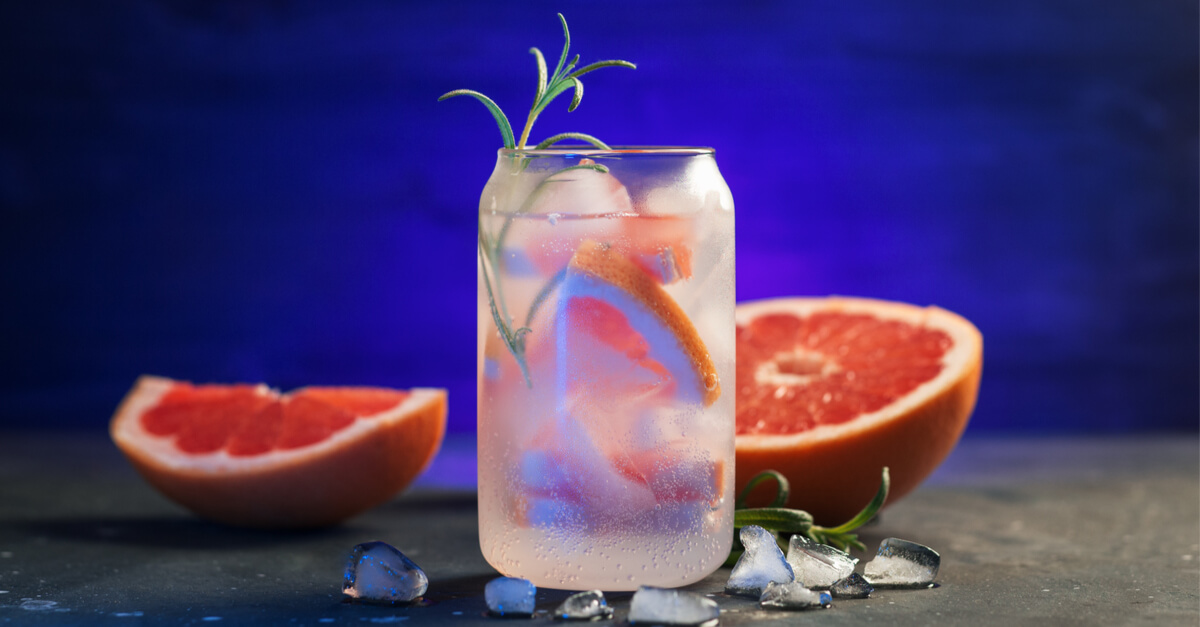The Struggle:
Sometimes interesting and exciting foods don’t have to come from a difficult technique or a fancy new machine. A lot of the time the most fascinating things are the ones that nature naturally gives us. This is exactly what happens when you take two ordinary “ingredients” that have an extraordinary reaction. The two “ingredients” are tonic water and black light. Yes, I’m aware that a black light is not a common ingredient in food. In order to make glowing food that is safe to eat, you will need a black light. So what exactly can you make glow by using tonic water and black light? Let me take you on a little journey to help you find the best techniques for glowing foods.
“Can you make safe glowing foods?”
Fluorescence
Tonic water is a nicely balanced cocktail mixer that mixes sweet, acidic, and bitter. Tonic water contains a few ingredients, the important one for glowing foods is quinine. Quinine is found in the bark of cinchona, which are small trees. Quinine gives tonic water its distinct bitter taste. Black light which looks purple to the naked eye actually produces a lot of ultraviolet light which we cannot see. When UV passes through water nothing will happen, to us it will look slightly purple. When Uv light passes through tonic water with quinine, the quinine begins to glow a bright fluorescent blue. When you first see the reaction between the quinine and UV light it’s quite striking. So what can be made with this?
My chef mind started running wild the first time I saw this, what else could I make glow! I’m here to give you a few ideas of things you can and cannot make glow. Let’s start with this, If you are making a clear liquid out of anything, it will most likely work. This goes for clear cocktails, gelatin desserts, gummies, and consommé. This will not make any solid opaque foods glow, sadly. Also by adding anything to the cocktail it could prevent it from glowing as brightly. This goes for any additives to a cocktail that could make it cloudy. Also, if the liquid is colored too heavily in any way it sometimes prevents the color from shining as bright as it can. I assumed that the addition of color would somehow mix with the fluorescent blue and create new fun colors. While this is true in some forms, I think the best thing to do is keep the liquid as lightly colored and clear as possible for the best results. Now the next time you want to throw a Halloween party or Rave (the only two black light parties I know of) you can make some amazing glowing cocktails, gelatin desserts, and gummies that glow!


